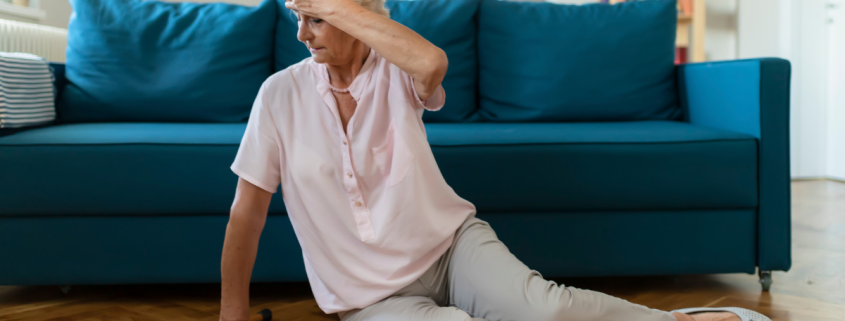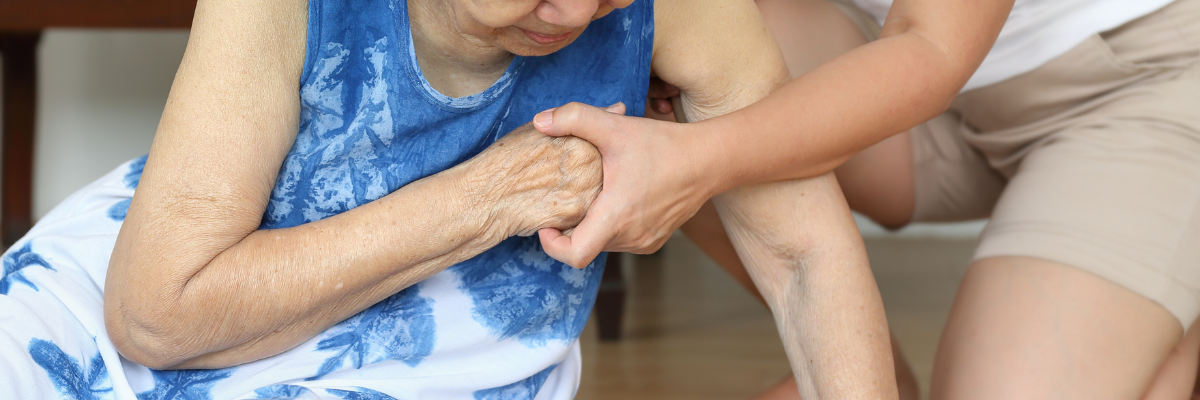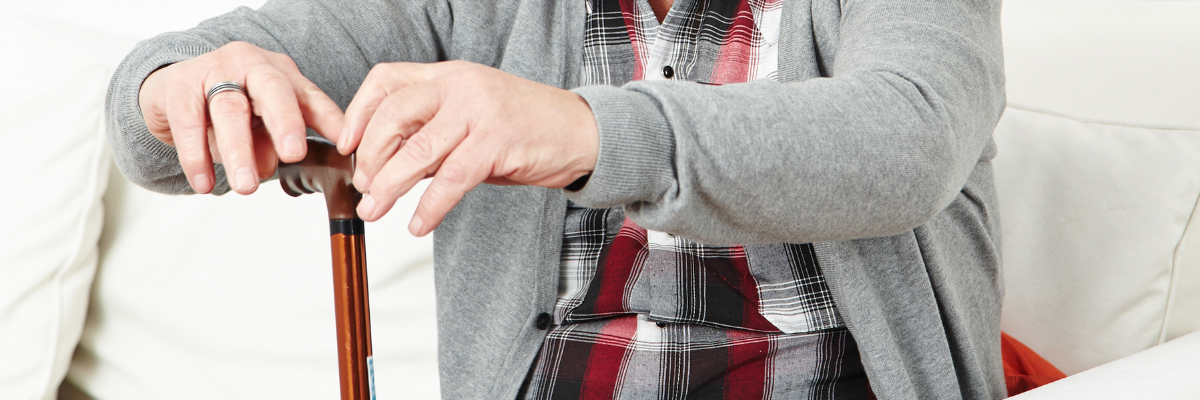Fall Prevention: How To Prevent Elderly Falls at Home?
As we grow old, our bodies struggle to regenerate, our bones take much longer to knit together, and our human psyche has a harder time coping with the recovery time. Falls in old age can end tragically, including permanent disability, chronic pain and even death. That is why, in today’s article, we are addressing the topic of elderly fall prevention. We outline the causes of falls in the elderly and the best ways to prevent falls in the elderly that you can put into practice today.
What are the risks of falls in older people?
Why is elderly fall prevention so important? In more than 50% of cases, falls result in injuries leading to hospitalisation, limitations in physical fitness, and even death. Older people gradually lose muscle mass and their bodies recover much more slowly. Moreover, older people are prone to apathy and depression as a result of long convalescence times. Adequate fall prevention is therefore crucial both for the elderly person’s physical health and their mental state. Pain, disability, and post-accident complications can significantly reduce a senior’s quality of life.
Causes of falls in the elderly
Causes of falls in the elderly are complex due to age-specific multimorbidity and polypharmacy which, combined with the accumulation of age-related functional impairments, contribute to impaired mobility and associated difficulties in performing activities of daily living. The causes of falls can typically be divided into external, or environmental, and internal, or more specifically, those related to changes in the body.
Biological factors typical for seniors include low body weight, co-morbidities, balance and gait disorders, orthostatic blood pressure drops and use of certain strong medications such as psychotropic or anticancer drugs. Other behavioural causes of falls in the elderly include alcohol abuse, unsuitable footwear, physical inactivity, hurry or excessive activity generating risky situations. As far as environmental factors are concerned, there are easily modifiable elements, hazards related to housing, clothing or everyday objects, such as slippery floors, lack of non-slip mats, unsupported rugs and carpets, high steps, lack of handles and handrails, inadequate height of furniture and sanitary facilities.
Elderly fall prevention – what to bear in mind?
Elderly fall prevention is an extremely important and complex process. Apart from eliminating internal factors, such as changing medications that increase the risk of falls, it is easiest to act on external issues. How do you begin preventing falls in your senior loved one’s home? Here are some of the most significant actions that will reduce the risk of falls in a flat or home.
Preparing the home as the ultimate step in elderly fall prevention
Here are some basic steps you should take if you want to secure your senior’s home:
- Avoid placing new items along a constant walking route that can be forgotten about and tripped over.
- Remove any unnecessary items from the surroundings.
- Remove carpets, especially those decorated with tassels that tend to curl, slip.
- Remove thresholds between rooms.
- Besides main lighting, provide spot lighting to help in shady areas and night lighting to make it easier to reach the toilet.
- Install grab bars in the bathroom to make getting out of the bathtub and getting on the toilet easier.
- Put non-slip mats in the bathroom and shower.
- Make sure the senior has the right shoes with a wide and deep toe box for comfort, (choose the right size of shoe, choose the right sole with tread that does not interfere with feeling and prevents slipping, a low, wide heel to ensure the best possible contact with the ground). Make a senior wear shoes with fastenings that prevent the foot from slipping out of the shoe and that have laces, buckles or Velcro straps to suit the foot.
- Provide your senior with appropriate aids, such as a cane or walker.
- Ensure that the senior does not wear clothes that are too loose. Choose better fitting and properly hemmed clothes that do not drag on the ground or restrict movement.
Elderly fall prevention – summary
In summary, elderly fall prevention is vital to the health and lives of seniors, so whether you are a carer or the family of an elderly person, making sure that their accommodation is suitable is your responsibility. For starters, it’s a good idea to ensure that the senior has a cane or other walking aid if they need it, wears glasses and appropriate footwear, and doesn’t undertake risky tasks alone. The next step in fall prevention should be to adapt the living area, especially the bathroom, as this is where most household accidents occur. Therefore, it is necessary to install special handles in this room to facilitate manipulation inside the bathroom. Flooring is also very important. The floor in an elderly person’s home should be non-slippery, and when it is, you should equip yourself with non-slip mats.
That is all for today. We hope that by following these simple but not insanely significant tips you will minimise the risk of falls for the elderly person in your life.














